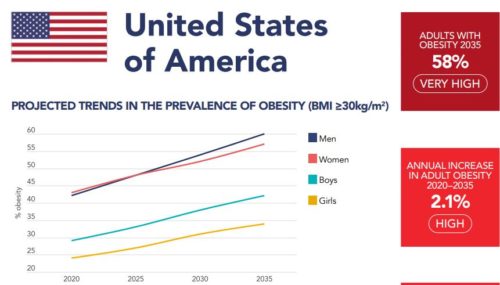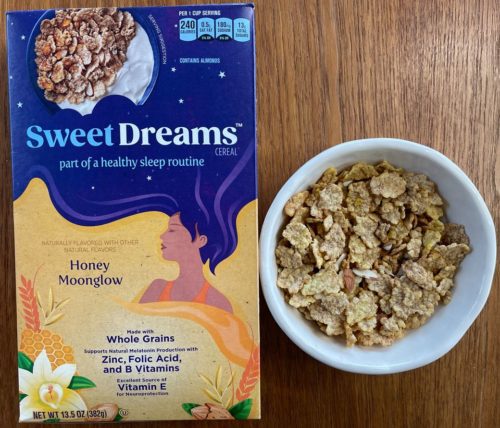Weekend reading: pesticides on produce
The Environmental Working Group has just published its annual lists of Dirty Dozen and Clean Fifteen.
- The Dirty Dozen—those with the highest levels of harmful pesticides: Strawberries, spinach, kale/collards/mustard greens, peaches, pears, nectarines, apples, grapes, peppers, cherries, blueberries, green beans.
- The Clean Fifteen—those with the lowest levels of harmful pesticides: Avocados, sweet corn, pineapple, onions,papaya, sweet peas (frozen), asparagus, honeydew melon, kiwi, cabbage, mushrooms, mangoes, sweet potatoes, watermelon, carrots
What always interests me about these lists is how nobody except the EWG wants to deal with pesticides on produce, and how much pushback the EWG gets from industry.
IFIC, the International Food Information Council (an industry front group), criticizes the EWG for promoting “organic produce as being safer and healthier than conventional produce.” It says (my paraphrase except for direct quotes):
- You don’t need to avoid any kind of produce.
- Regulators ensure all foods are safe.
- Regulators inspect and monitor all foods.
- Residues are on all foods but “they are not to be feared.”
- “Giving elite status to organic produce is detrimental to people’s health.”
- Everybody agrees people need to eat more produce.
- “Shelf-stable foods, organic or conventional, present relatiable and healthy foods for all of us.”
My translation: Don’t bother with organics, ultra-processed foods are fine.
The Alliance for Food and Farming (a produce industry trade group) says:
Despite peer reviewed research showing it is scientifically unsupportable and negatively impacts consumers, the so-called “dirty dozen” list will be released soon This list was developed to invoke misplaced safety fears about fruits and vegetables – the food group we are encouraged to eat more of every day to improve physical and mental health, prevent illness and increase lifespan.
This group says the “Dirty Dozen” recommendations are “unsupportable” and “negatively impact consumers and produce consumption.”
It says,
- Just wash it! According to the FDA, washing produce under running tap water can reduce and often eliminate pesticide residues, if they are present at all.
- A farmer’s first consumer is their own family so food safety is always their priority.
Comment: We use a lot of pesticides, more than 400 in the US alone, and more than 2.5 million metric tons annualy, worldwide.
We can debate the degree of harm caused to individuals, especially children, but there is no question they are bad for soil and the environment, and I’ve never heard anything suggesting they are good for us.
We would be better off eating fewer of them and producing food in ways that use less of them.
If EWG pushing farming in that direction, it needs it.
Choose organics as a means to encourage more sustainable production practices (vote with your fork).
Advocate for policies to reduce pesticide use (vote with your vote).
And thank EWG for holding industry’s feet to the fire.
*******
For 30% off, go to www.ucpress.edu/9780520384156. Use code 21W2240 at checkout.





